Feynman and Regge Poles
It was September of 1959. I was working hard for my PhD qualifying exam at Princeton University. One of my classmates circulated a prank memo saying that there would be one problem in the exam about complex angular momentum. Then there was a colloquium announcement that Tullio Regge of the Institute for Advanced Study would talk on "Complex Angular Momentum."- Feynman was talking about wave functions while everything these
days should be explained in terms of S matrices.
- Feynman was telling that the Chew-Frautchi plot is nothing more than degeneracies of harmonic oscillators. Ridiculous! Nature cannot be that naive.
I knew the memo was a prank, but I went to Regge's talk for curiosity. Regge wrote down many complicated formulas on the blackboard, and drew figures looking like Swiss cheese (for poles in the complex plane). At that time, there were no transparency projectors. I could not make any sense out of what he was saying, except one sentence that complex angular momentum can absorb particles.
After I received my PhD degree in June of 1961, I had to read an increasing number of papers on Regge poles. Using Regge poles, it was possible to predict some high-energy diffraction peaks which can be tested experimantally. For what was ahppening at that time, see "Mandelstam Theory and Regge Poles" by R. Omnes and M. Froissart (Benjamin, New York, 1963).
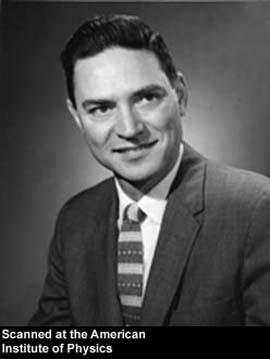
|
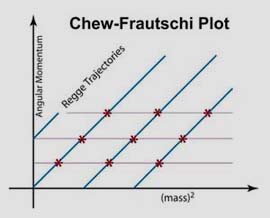
|
Chew concluded his talk by saying "If you don't know field theory, it is OK. Why don't you start with this new physics." He got a thunderous applause. I heard his talk, but I was not ready to give up Feynman diagrams. Yet, I was quite impressed by his transparency containing resonance mass spectra which became known as the Chew-Frautchi plot, consisting of Regge trajectories. What is the fundamental physics behind this Chew-Fraustchi plot?
Chew did not stop there. He kept inventing new words: N/D method, bootstrap dynamics, strip approximation, and others. People followed him. I also followed him with a degree of skepticism and had to weather the storm known today as the Dashen-Frautschi fiasco.
In the meantime, Gell-Mann came up with his quark model where hadrons are bound states of more fundamental particles called "quarks." He got his Nobel prize in 1969.
In April of 1970, there was the annual April meeting of the American Physical Society in Washington, DC. Feynman gave a talk, and I was there and took this photo with a telephoto lens. Based on this talk, Feynman with his students published his paper in the Physical Review in 1971.
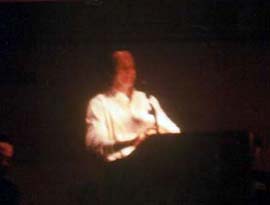
| |
|
My colleagues thought Feynman was crazy for the following reasons.
I still disagree with my friends. I maintain a webpage dedicated to the first item. Click here.
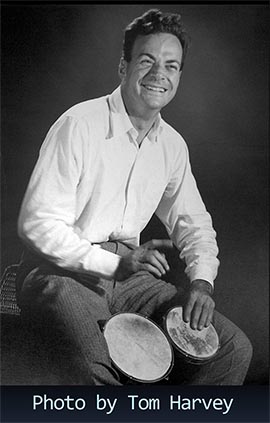
|
Physics may and will go through evolutions in the future, but harmonic oscillators will stay with physics. Feynman was able to observe this point. This is the reason why we think he is still alive.
Y.S.Kim (2007.6.18)
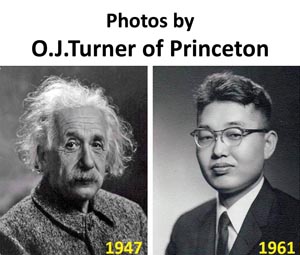
| |
|
- Click here for his
home page.
- Einstein page.
- Princeton page.
- Style page.